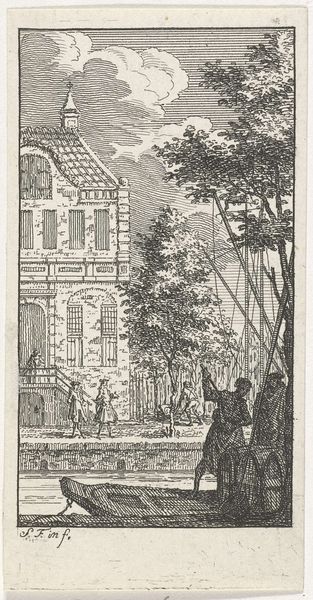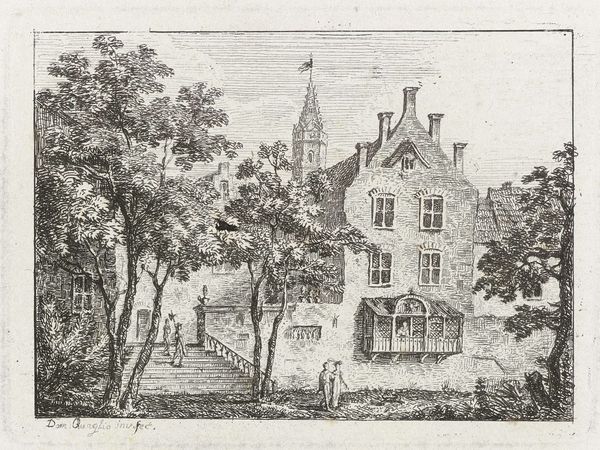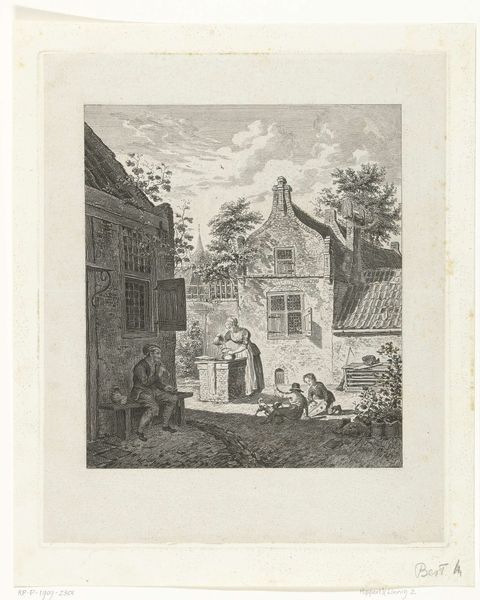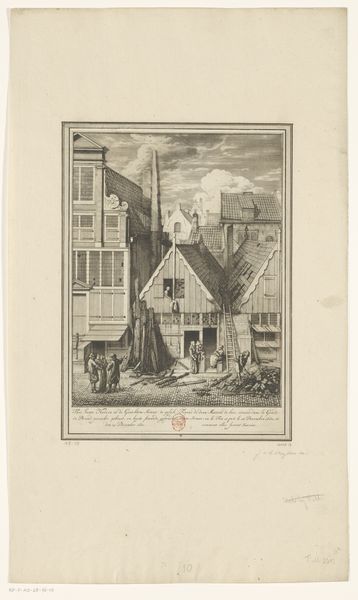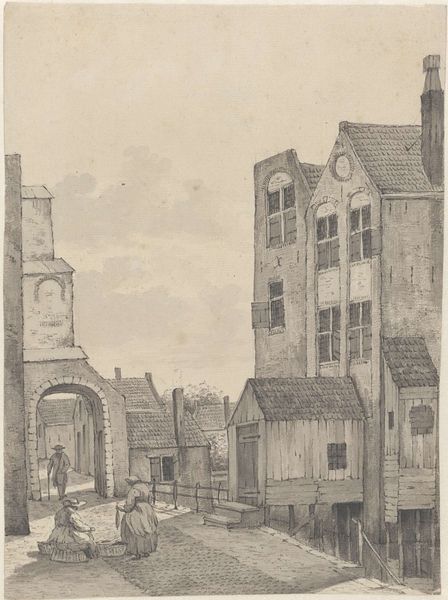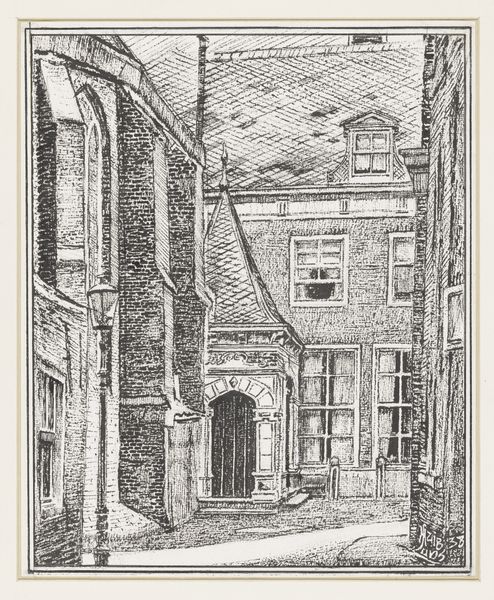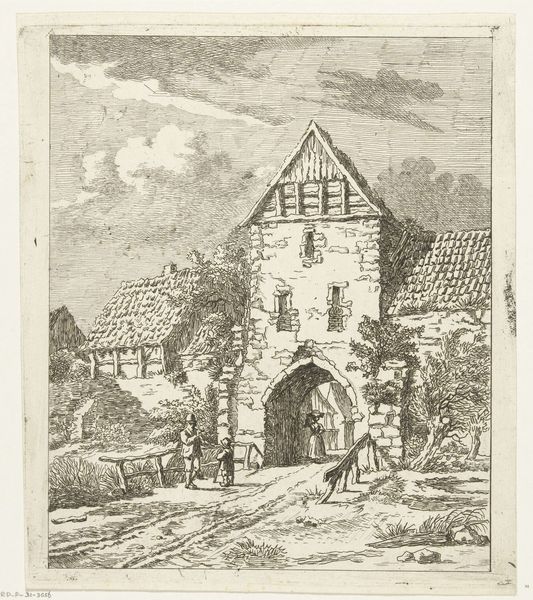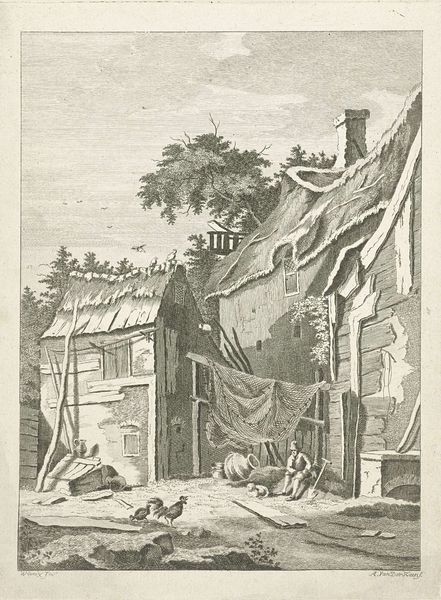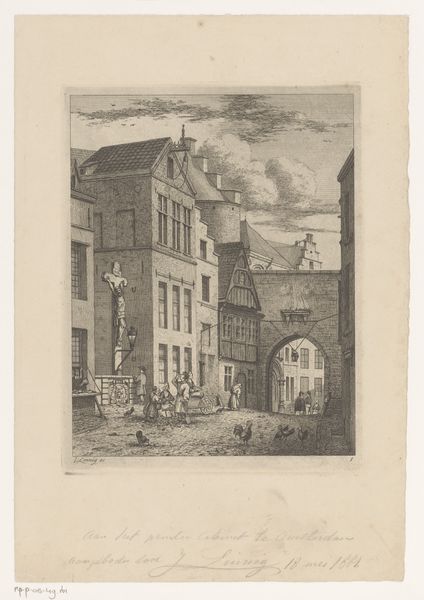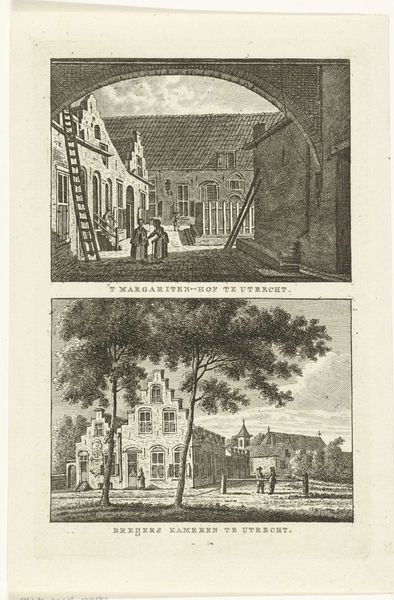
Uitgebrande huizen in de Goudsbloemstraat te Amsterdam, 1682 1690 - 1735
0:00
0:00
janvanderheyden
Rijksmuseum
drawing, print, etching
#
drawing
#
baroque
#
dutch-golden-age
# print
#
etching
#
landscape
#
cityscape
Dimensions: height 301 mm, width 217 mm
Copyright: Rijks Museum: Open Domain
Jan van der Heyden made this etching of burned-out houses in Amsterdam’s Goudsbloemstraat in 1682. Van der Heyden was known for his cityscapes and architectural paintings, but this image captures a moment of social disruption. The etching depicts the aftermath of a fire, a common threat in densely packed 17th-century cities. Note the detailed rendering of the damaged buildings and the activity of people clearing debris. In the Dutch Republic, where civic responsibility was highly valued, disaster relief was a communal effort. Fires could be devastating, especially for the working class, who often lived in poorly constructed homes. Van der Heyden wasn’t just an artist; he also invented a more efficient fire hose and promoted better firefighting techniques, reflecting a broader concern for public safety in a rapidly growing urban environment. To understand the full context of this image, one might research the history of urban planning and fire prevention in Amsterdam, consulting city archives, insurance records, and contemporary accounts. Through such inquiry, the social role of art becomes apparent.
Comments
No comments
Be the first to comment and join the conversation on the ultimate creative platform.
